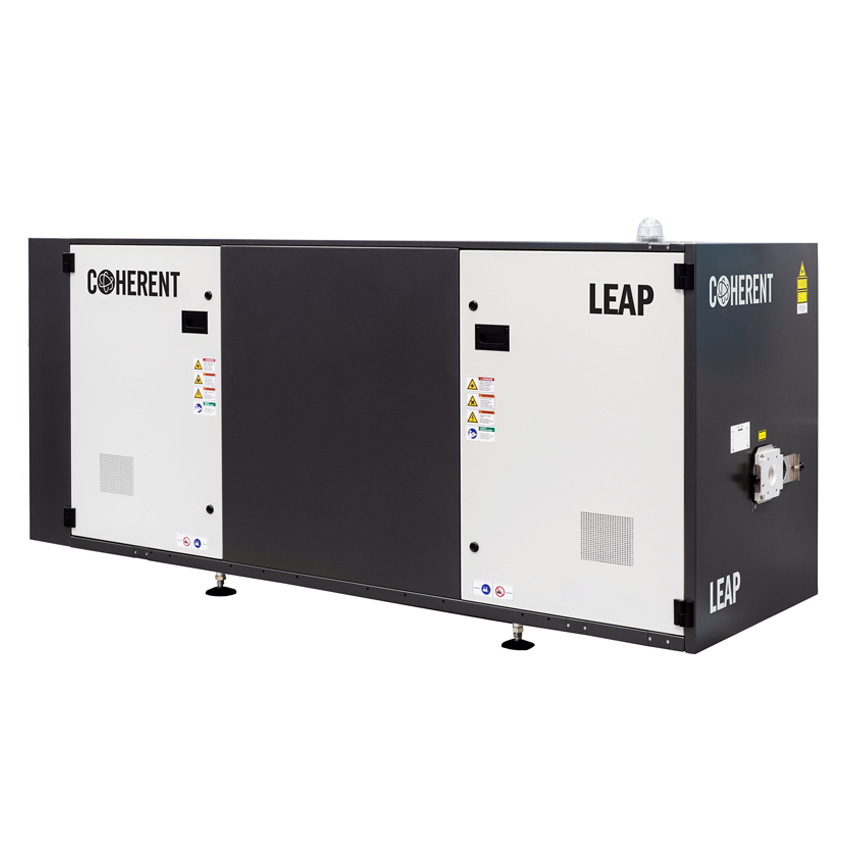Coherent Corp. and Faraday 1867 Holdings LLC, which is based in Kangawa, Japan, have established a partnership to scale up manufacturing of high-temperature superconducting (HTS) tape to enable mass deployment of nuclear fusion reactors. A letter of intent signed by the companies outlines a strategy to increase manufacturing capacity at Faraday’s factory in Japan, using excimer lasers from Coherent to meet global demand for HTS tape.
The tape is used in strong electromagnets that are used to contain plasma in magnetic-confinement fusion reactors. Coherent’s LEAP excimer lasers are used in pulsed laser deposition that enables the manufacturing of the tape.

Coherent’s LEAP excimer lasers are used in the pulsed laser deposition process that enables the manufacture of HTS tape. Courtesy of Coherent.
“We understand that countries in the nuclear fusion energy race are looking to ramp up sustainable supply chains of HTS tape on the order of thousands of kilometers per year to keep fusion technology development on a fast track,” said Kai Schmidt, senior vice president of Coherent’s excimer laser business unit. HTS tape enables magnetic-confinement fusion reactors, like tokamaks, Coherent said. The tape can operate at temperatures of tens of Kelvins, which eliminates the need for costly cooling systems based on nonsustainable liquid helium technology.
Sergey Lee, representative director of Faraday Factory in Japan, added that HTS tape also finds use in lossless energy transmission, zero-carbon aviation and container ships, helium-free MRI systems, advanced propulsion for spaceships, and other applications that drive production demand.
Coherent and Faraday said that demand for HTS is expected to grow by a factor of 10 by 2027. In addition, the companies said that magnetic-confinement fusion reactors are expected to eventually be capable of producing gigawatts of carbon-free power with a net gain of greater than 10, supporting a global transition to green energy as a result.
In a separate development, Coherent received an investment of $1 billion for its silicon carbide (SiC) business from DENSO and Mitsubishi Electric. Both entities will invest $500 million and receive a 12.5% noncontrolling stake in Coherent’s SiC business, which will be separated and contributed to a subsidiary controlled by Coherent.
Additionally, the business will enter into long-term supply arrangements with DENSO and Mitsubishi Electric to support demand for 150- and 200-mm SiC substrates and epitaxial wafers.